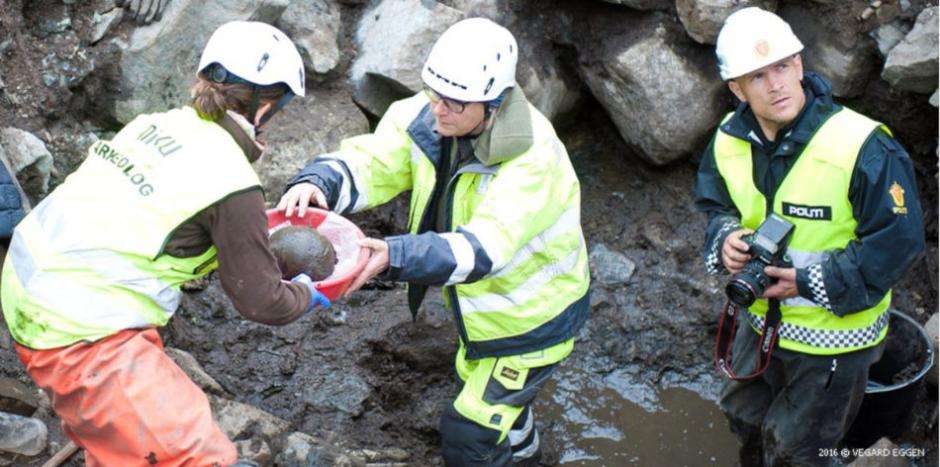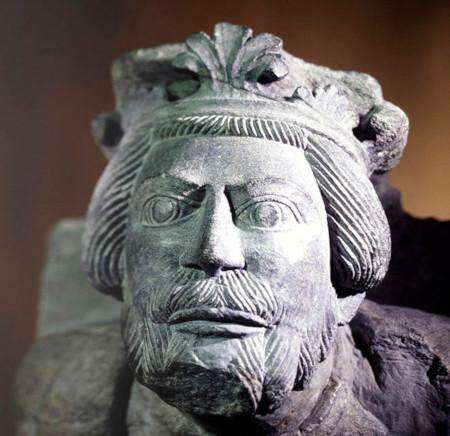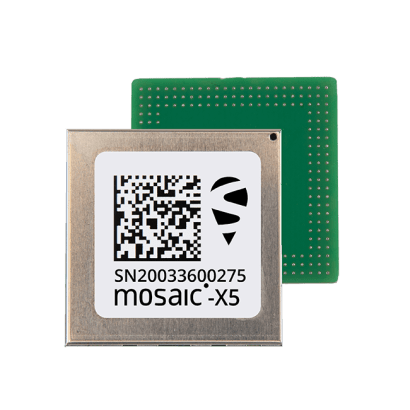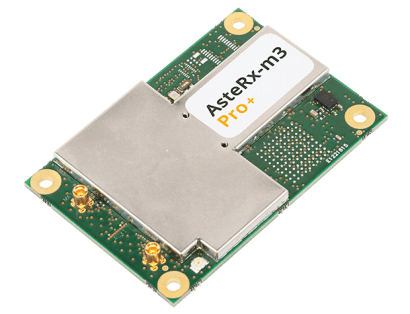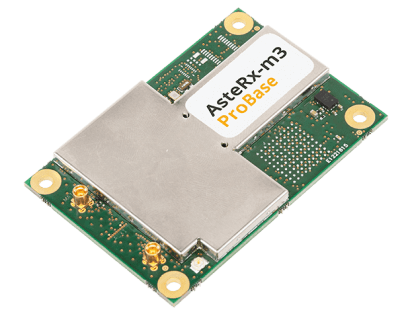Uncovering medieval artifacts with the help of GNSS
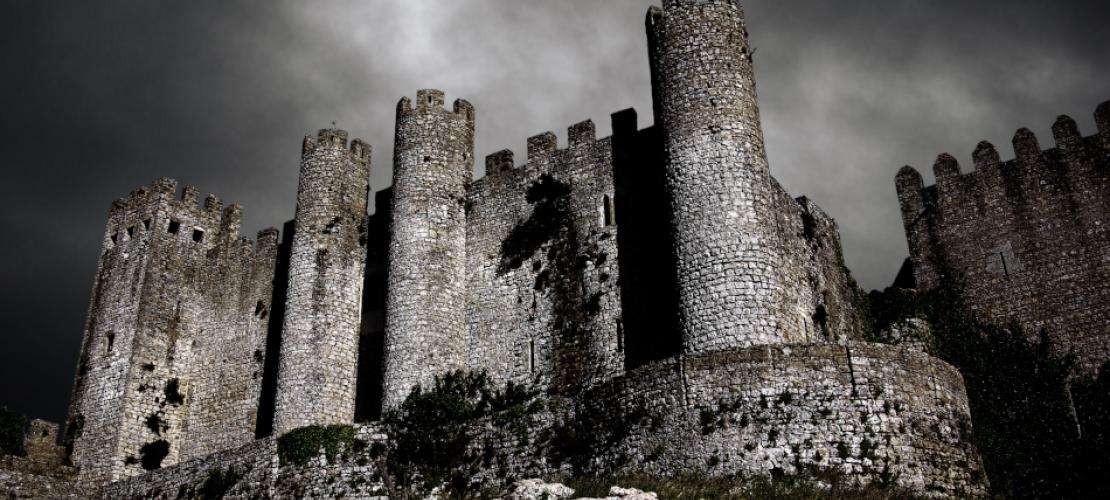
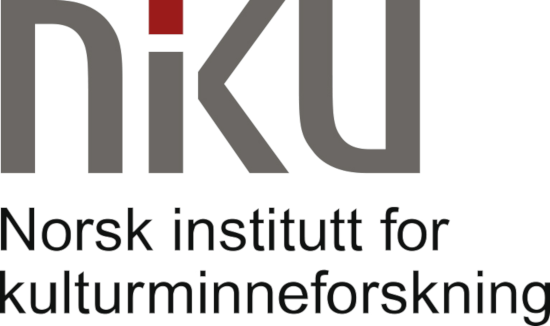
NIKU is an independent institute for applied R&D and for services within the wider field of cultural heritage in Norway and beyond. NIKU works nationally and internationally with public authorities, other research institutions, international organisations, private enterprises and NGOs within a variety of fields. NIKU is based in Oslo and has regional offices in Bergen, Trondheim, Tønsberg and Tromsø.

